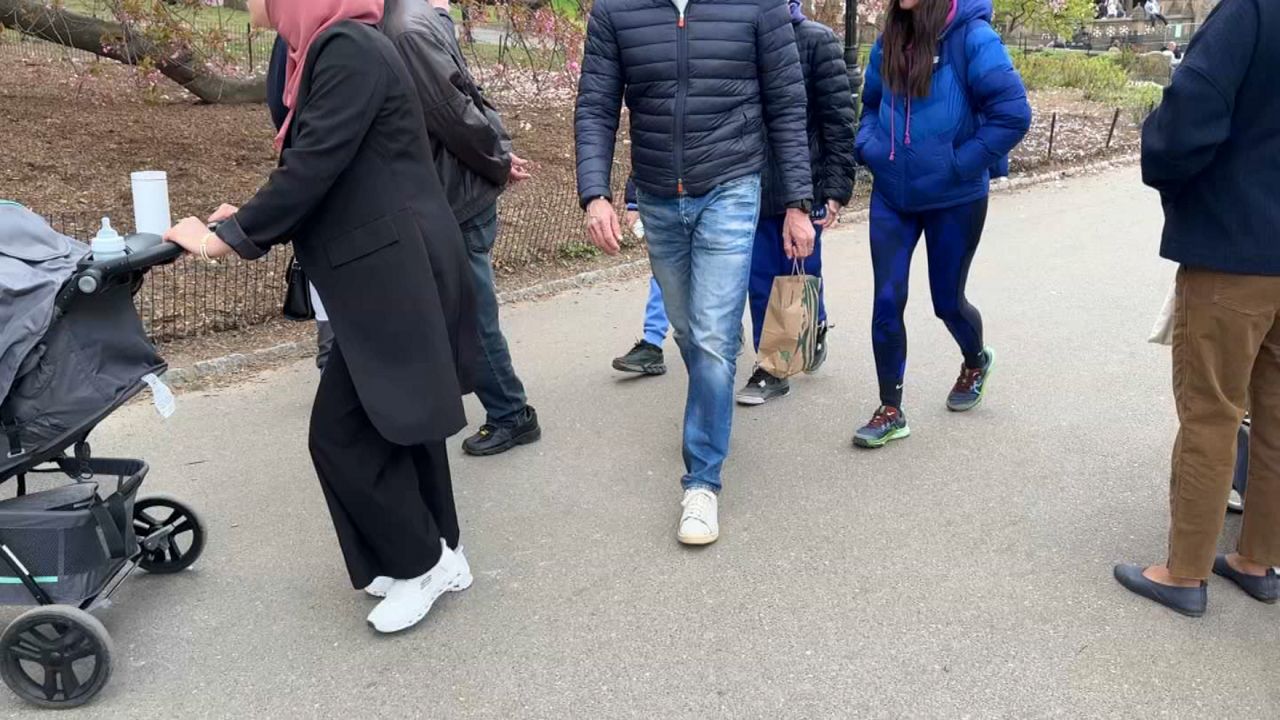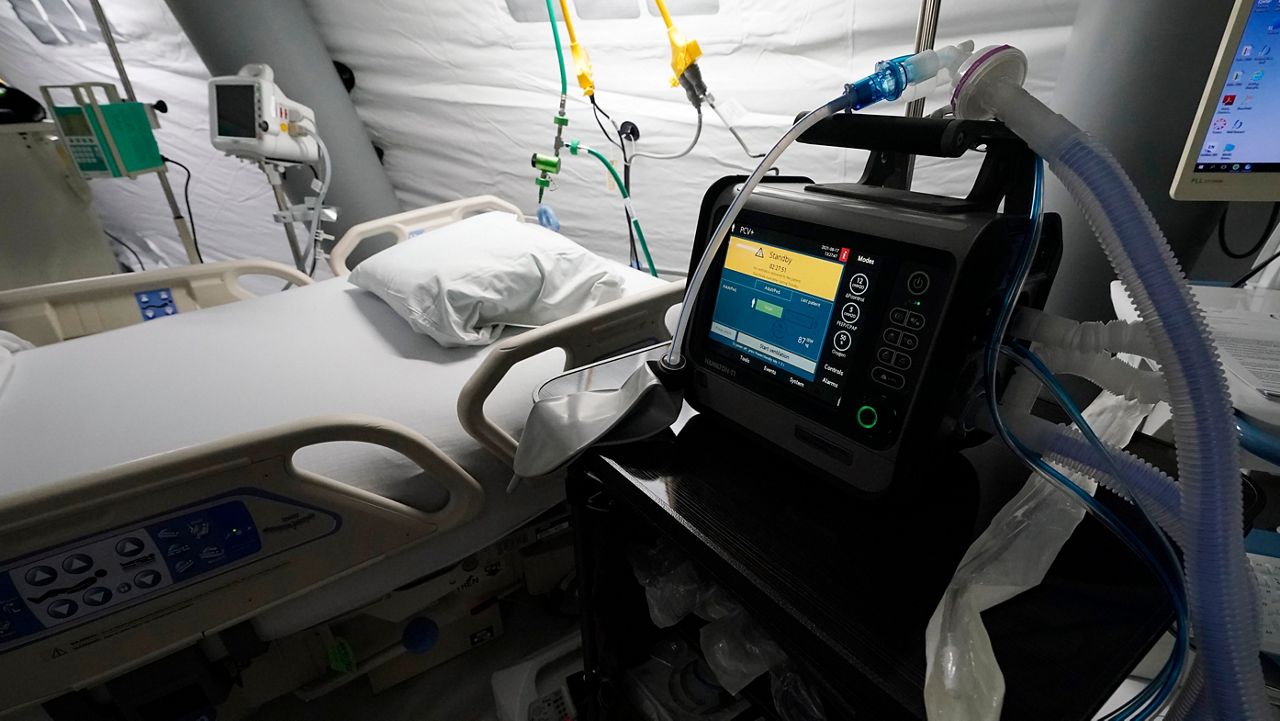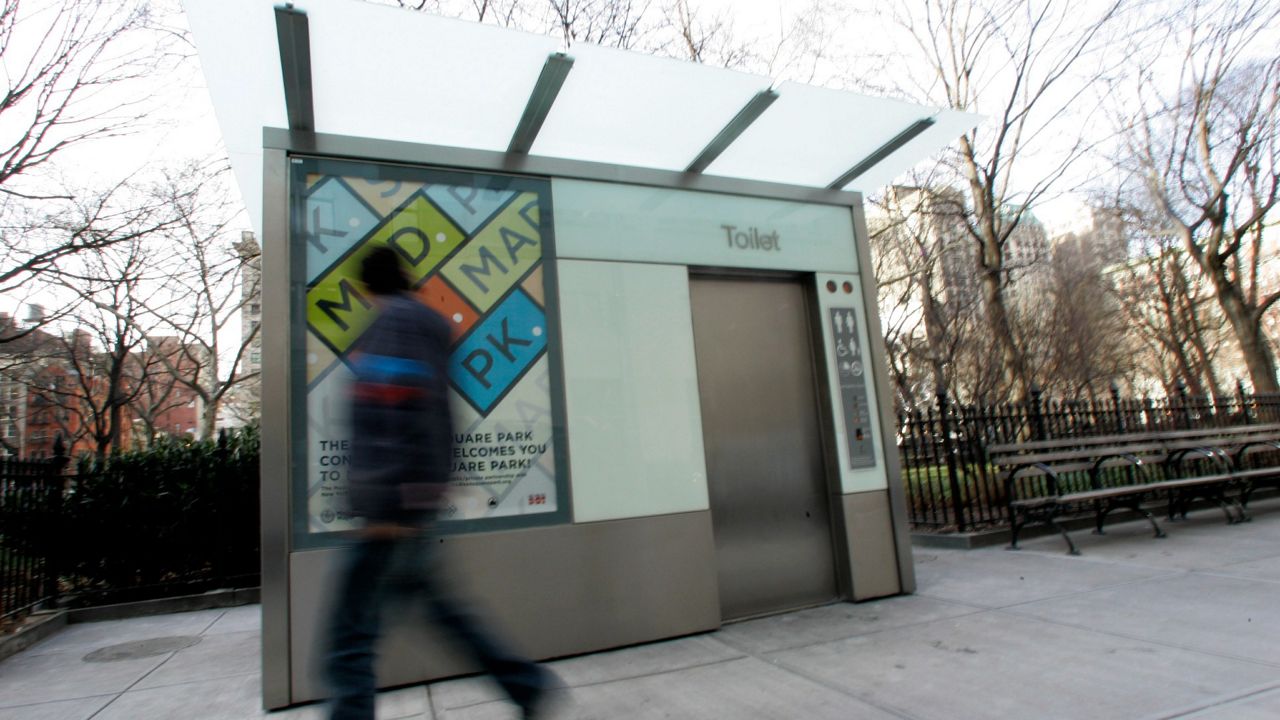Daylight saving time returned at 2 a.m. Sunday, forcing clocks to spring forward an hour and cutting into New Yorkers’ sleep.
While the change also means longer daylight hours, with sunset now occurring at 7 p.m. and getting later each day, the biannual time change has been debated for decades.
“Siri did not wake me up this morning,” said Maya Usungu, who was rushing to work. “I had to wait for Alexa to wake me up 45 minutes late. I was very frustrated.”
Some New Yorkers said they were struggling to adjust to the lost hour.
“I’m a little tired, my dog pushes me,” said Wilfredo Lopez, who admitted he snoozed longer than planned.
Others welcomed the extra evening light.
“We have more light, we have more life, we have more energy,” said Manuela Williams, who was up early on Sunday and said she had yet to feel the effects of the time change.
A recent Gallup poll found that fewer than half of Americans—about 40%—support daylight saving time, meaning a majority favor eliminating it.
“I’m against it mostly because I’m a priest, and everybody at church gets it wrong on daylight savings time inevitably, so for the sake of everyone on Sunday mornings, let’s abolish it,” said Flourish Klink.
Usungu, however, argued against ending the practice.
“I think that it’s important to continue going with the way that life has been going, and I think if it works with our weather, and the way that our world is supposed to work, then I don’t think we should change it. It is an annoying part of life, but I respect it,” she said.
Studies have linked the time change to health risks, including an increase in heart attacks and strokes in the days following the switch. Research has also found a temporary rise in fatal car crashes, especially in the morning hours, due to sleep deprivation.
President Donald Trump has called the time changes “inconvenient” and suggested ending the practice. The Sunshine Protection Act, a bipartisan bill that would make daylight saving time permanent, has stalled in Congress but was reintroduced this year.
“I’m used to the sun being up when I was up, and then, it just felt completely different than yesterday, so now I’m kinda thrown off for time,” said Ayana Robinson.
Hawaii and Arizona do not observe daylight saving time and remain on standard time year-round. Medical experts recommend taking an afternoon nap or getting outside in the sunlight to help adjust to the change.







